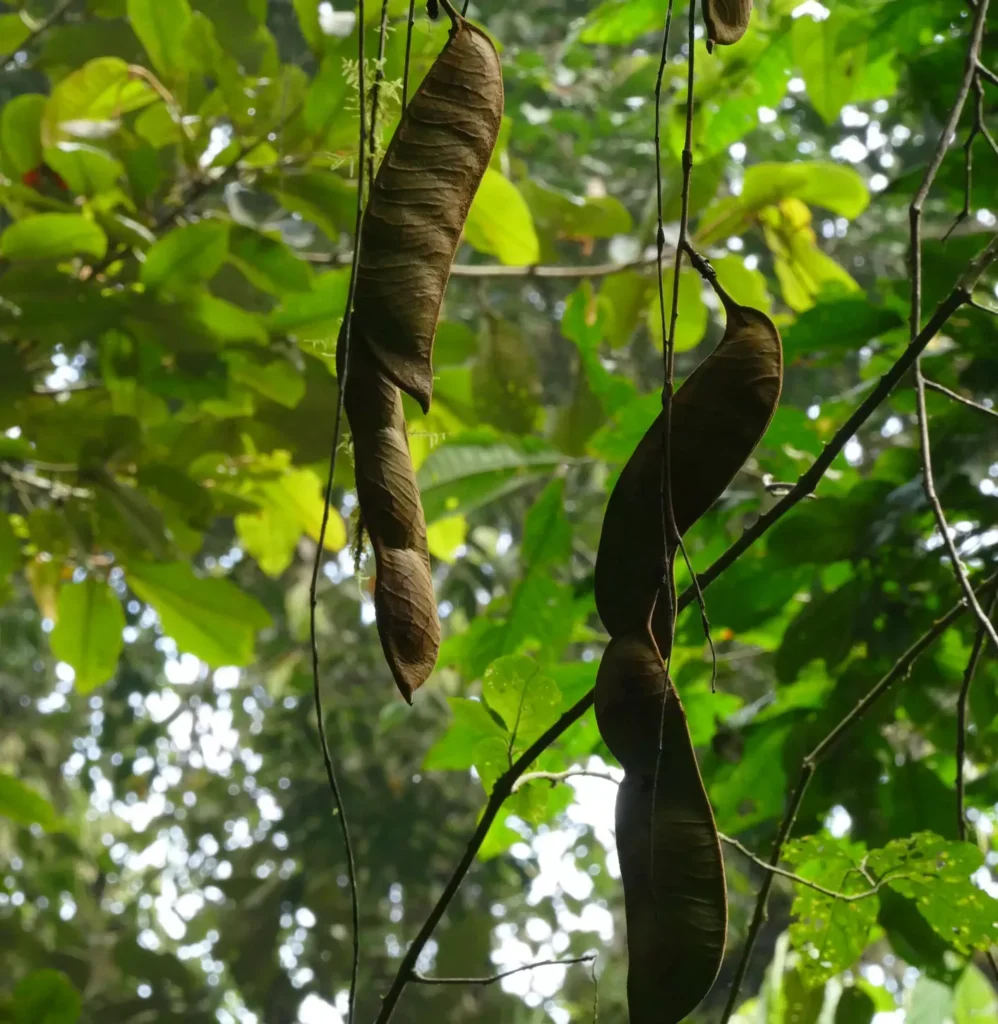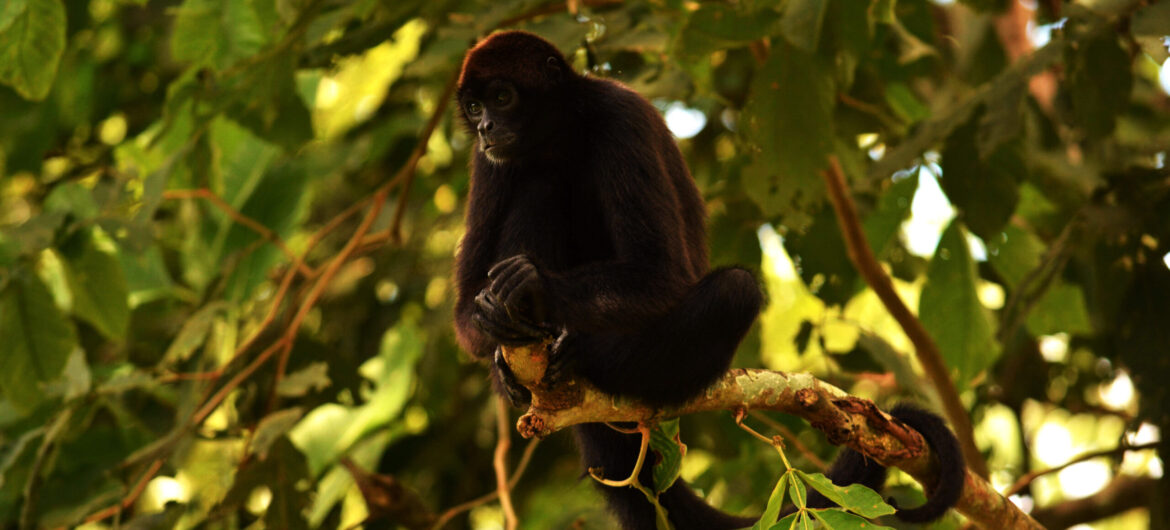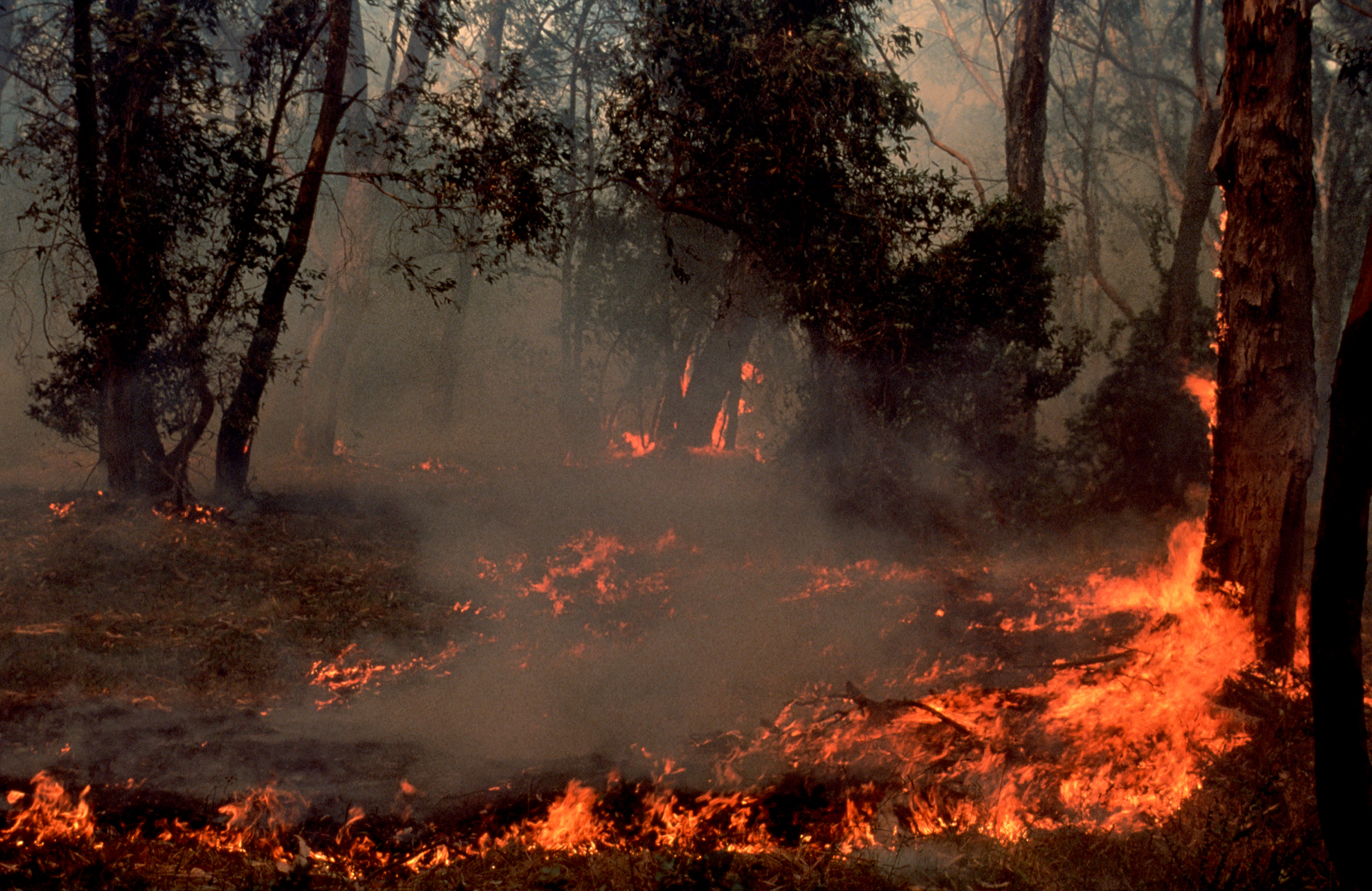Let me transport you to the Choco-Andean region of South America, specifically to the protected forest of Los Cedros. The region is a haven for a plethora of species; it is a ‘biodiversity hotspot within a global biodiversity hotspot’ that supports various flora and fauna species found nowhere else on Earth. More recently, plans for large-scale copper and gold mines threatened the soundscape of the forest, risking the extinction of its diverse and rare inhabitants. However, a landmark ruling by Ecuador’s highest court in 2021 halted mining within the area, aiming to protect the natural symphony of the forest, where the calls of brown-headed spider monkeys and the trills of endangered frogs prevail. The Los Cedros case set a global precedent for the implementation of the ‘Rights of Nature’.
The ‘Rights of Nature’ refers to a legal framework prioritising the intrinsic rights of the natural world, and acknowledging the undeniable interconnection between it and the anthropogenic sphere. Similar to fundamental human rights, ‘Rights of Nature’ describes the inherent rights associated with ecosystems and their species, challenging the belief that nature is a “resource” to be owned, used, or degraded for human benefit. Ecuador became the first nation to manifest the Rights of Nature within its constitution in 2008.
A new study led by Professor Mika Peck from the University of Sussex investigates the geographical scale of future Rights of Nature cases by assessing the risk of mining to various Ecuadorian ecosystems and territories, including protected forests, Indigenous territories, unprotected native ecosystems, biodiversity hotspots, and areas of water resource conflict.

Currently, mining concessions overlap with 1.6 million hectares (16,081km²) of protected forests, Indigenous lands, and native ecosystems within Ecuador, placing them at the forefront of risk for damage and degradation. The recent paper, published on the 20th of March, explores how vulnerable regions can leverage the precedent established by the Los Cedros case when confronting adversities arising from mining activities.
Navigating the intricate legal landscape necessitates comprehensive environmental and ecological research to construct robust legal arguments. Ecuador, in particular, lacks thorough research in this regard, underscoring the urgent requirement for detailed biological data. The study advocates for investment in citizen science initiatives to gather essential ecological data to represent and protect these biodiverse ecosystems.
Already at the root of the cause fall the feet of Paraecologists, local “champions”, and environmental activists who are passionate about protecting local habitats and addressing the climate and biodiversity crises. Through training in research, biodiversity monitoring, and data collection, those at the grassroots make vital contributions to understanding ecosystems, thereby informing better environmental management and protection.
Operating under the umbrella of a new academic field coined “Ecological Forensics”, activists and biologists studying the region seek to integrate local environmental knowledge, law, and science to bolster legal systems in safeguarding Nature’s rights. They also propose a thorough review of all existing mining concessions, especially those in ecologically sensitive areas, where potential conflicts between mining activities and water usage may arise.
The journey through the Choco-Andean region of South America reveals not only the awe-inspiring beauty of its natural ecosystems, but also the urgent need for concerted efforts to protect them. The groundbreaking Los Cedros case serves as a beacon of hope, demonstrating the power of legal action in safeguarding Nature’s rights. The study into the conflict between the Rights of Nature and mining in Ecuador signals a critical step towards addressing the complex challenges facing Ecuador’s biodiversity. By embracing citizen science initiatives and evaluating mining concessions, researchers continue to pave the way for a sustainable future where economic progress finds harmony with environmental preservation.
More information can be found at https://ecoforensic.org/





